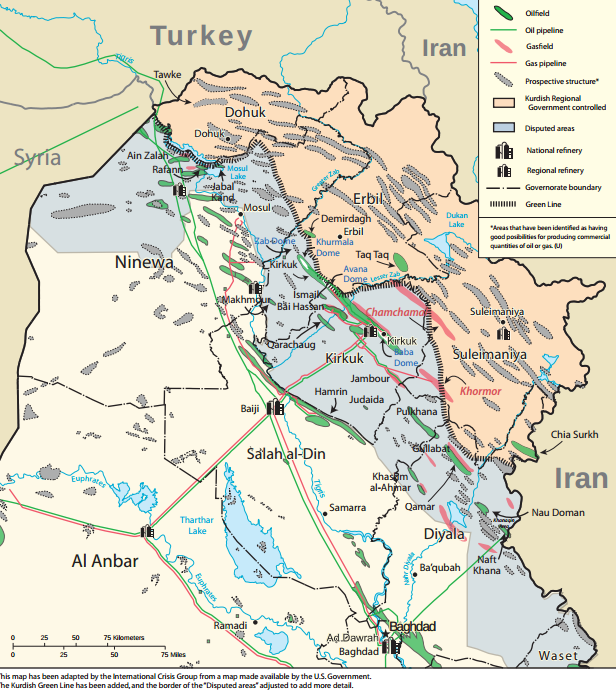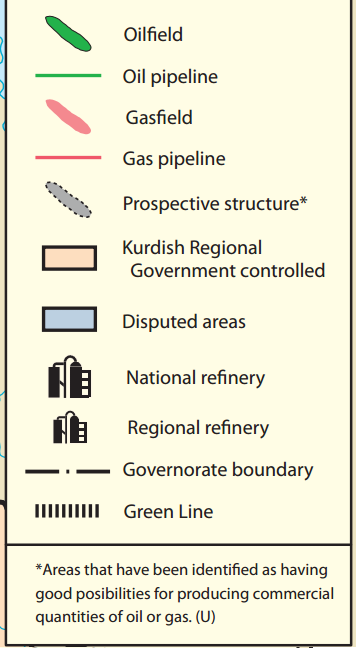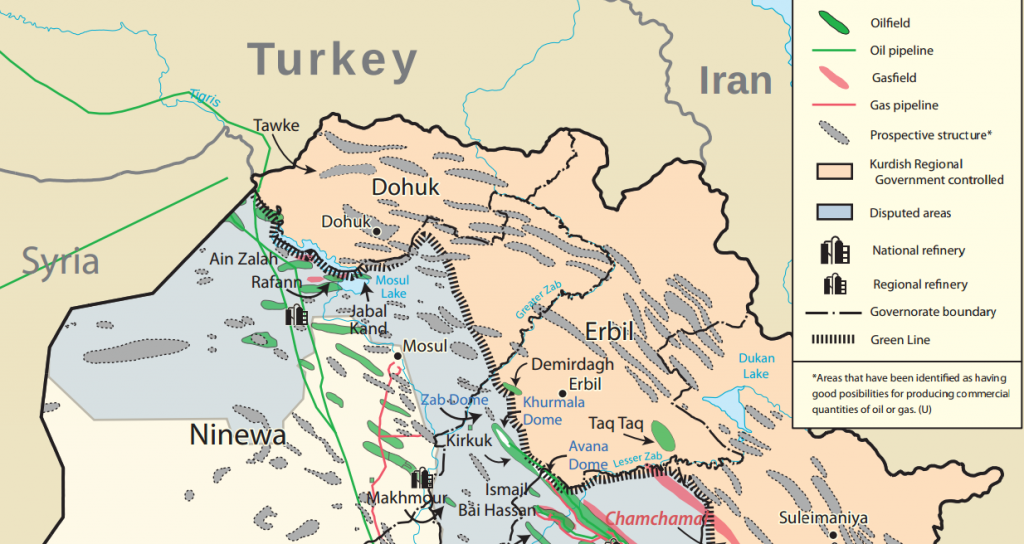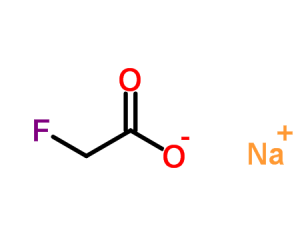Hydrocarbons to die for, an inconvenient truth for Prime Minister John Key
Hydrocarbons are found in oil. We burn them polymerise them turn them into pharmaceuticals paints explosives and plastics. Virtually everything not made of wood, animal skins, stone or metal has oil at its source. Crude oil and gas are important to our society but what costs are we prepared to pay to maintain supplies? I watched John Key on the TV programme Campbell live this evening. He appeared to be softening us up, manufacturing consent so that we are happy to let loose our rats of war. We’ll hold back the full sized dogs because after all New Zealand is a small country. The justification used by Mr Key ( Prime Minister New Zealand) was the need to intervene and stop savage beheadings carried out by ISIS. He argued that New Zealanders would probably support a military intervention and he may be right.
We should be clear about our objectives in this endeavour. I want assurance from my Government that any future military involvement in this region has nothing to do with protecting oil pipelines and the hydrocarbons that flow through them.
- Iraq has large productive oilfields
- There are huge oil reserves, the prospective structures on the maps
- There are vulnerable oil pipelines.
Transparency and honesty around objectives for military involvement is essential for informed consent in a democratic process.
The Campbell Live programme on TV3 is a breath of fresh air on New Zealand issues. It is time to apply your undoubted investigative talents to the international scene.

 I
I

